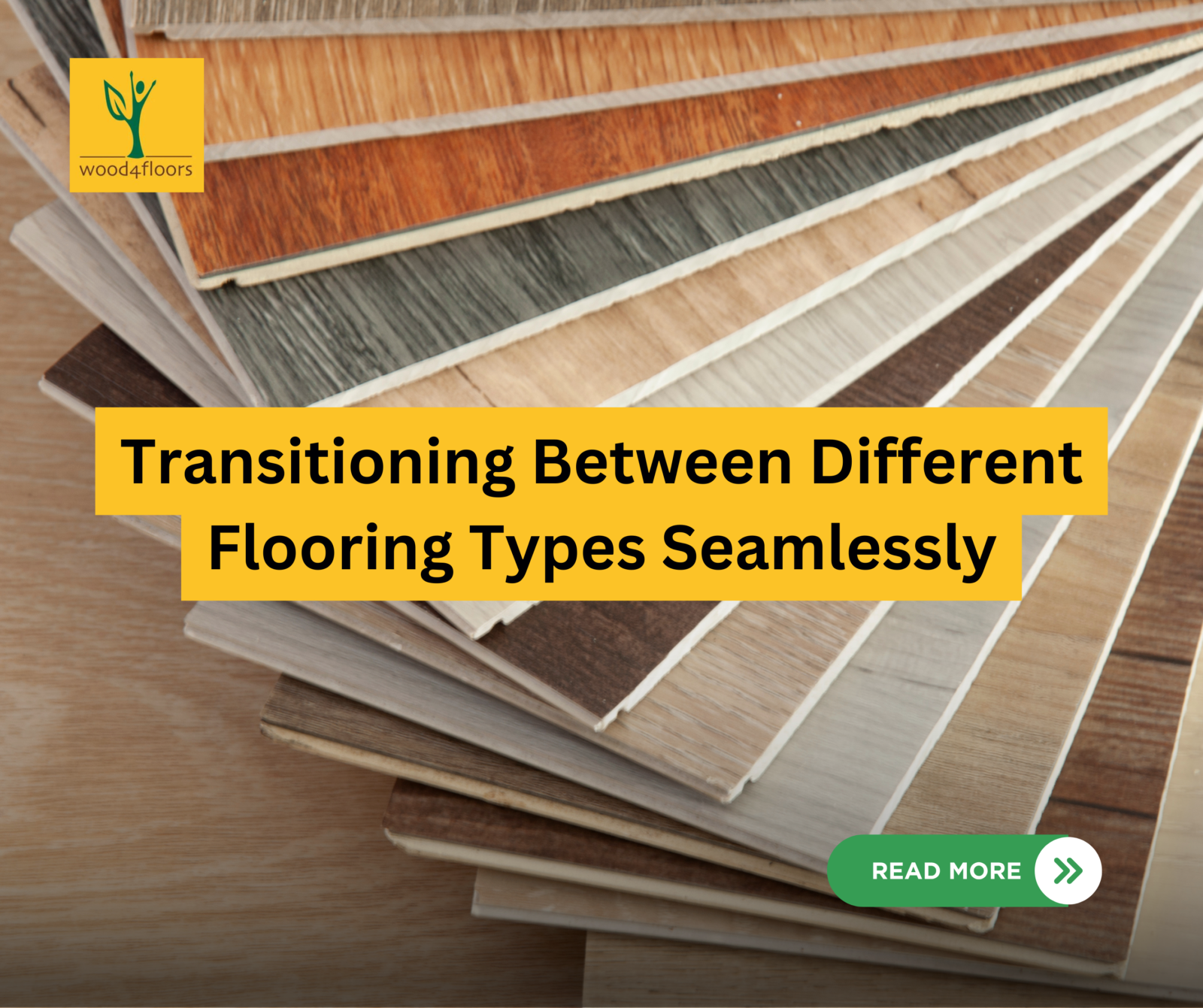In the choreography of interior design, transitioning between different flooring types is like executing a flawless dance move—it requires finesse and careful planning. In this blog, we’ll unravel the secrets to achieving seamless transitions, ensuring that your home’s flooring not only meets but elegantly greets each other.
Understanding the Need for Seamless Transitions: Why bother with seamless transitions between different flooring types? Beyond aesthetics, smooth transitions serve practical purposes. They enhance the flow of your living space, create a sense of cohesion, and can even make rooms appear larger. Whether you’re moving from hardwood to tile, carpet to laminate, or any combination, a well-executed transition is the key to achieving a harmonious look.
- Transition Strips: Invisible Yet Essential: Transition strips are the unsung heroes of flooring transitions. These narrow, often overlooked pieces bridge the gap between different flooring surfaces, providing a clean and polished finish. Choose transition strips that complement the color and style of your flooring for a cohesive look.
- Blend Colors and Patterns: To create a seamless transition, opt for flooring materials that share similar colors or patterns. If your hardwood has warm undertones, choose a carpet or tile that complements those hues. This subtle coordination ensures a gradual shift between flooring types, preventing a jarring visual contrast.
- Consider Texture and Height: Flooring textures and heights play a crucial role in achieving a seamless transition. If one flooring type is thicker than the other, consider using a transition strip that accommodates the height difference. Additionally, choose complementary textures to maintain a cohesive feel throughout your home.
- Diagonal Installation: For a creative and visually appealing transition, consider installing the flooring diagonally at the point of transition. This technique softens the line between different materials, creating a gradual shift that feels natural and intentional.
- Open Floor Plan Coordination: In homes with open floor plans, transitioning between flooring types is a delicate balancing act. Ensure that the transitions occur at logical points, such as doorways or natural breaks in the space. Consistency in transitions throughout the open area fosters a sense of unity.
- Professional Installation Matters: While some may opt for a DIY approach, professional installation ensures precision and expertise in achieving seamless transitions. Flooring professionals can assess the specific needs of your space, recommend the right transition methods, and execute the installation with finesse.
Conclusion: Achieving seamless transitions between different flooring types is an art that transforms your home into a harmonious masterpiece. By utilizing transition strips, coordinating colors and patterns, considering texture and height, experimenting with diagonal installations, and seeking professional guidance, you can ensure that your home’s flooring performs a beautiful dance of unity. Let every step in your home be a graceful movement between surfaces, creating an environment where style seamlessly meets substance.


